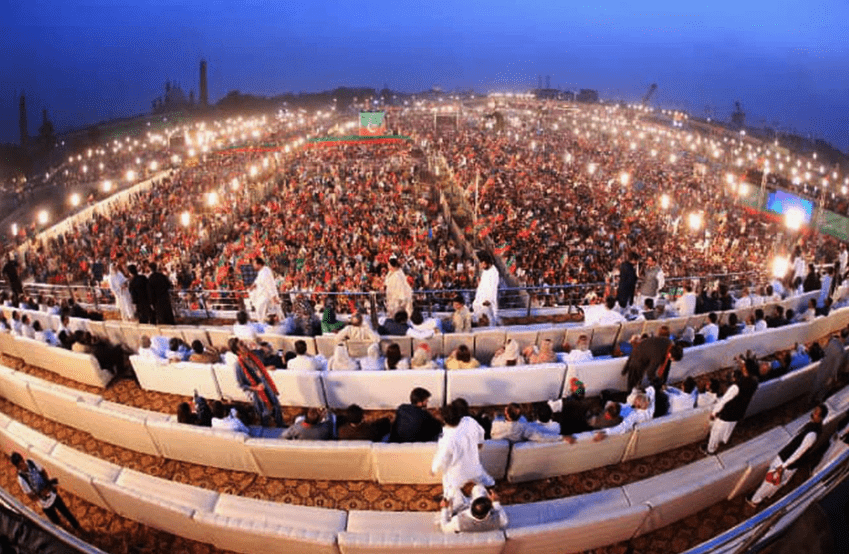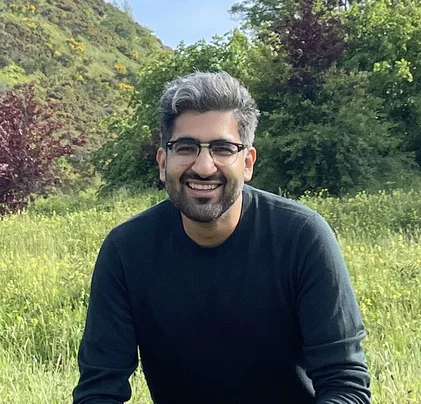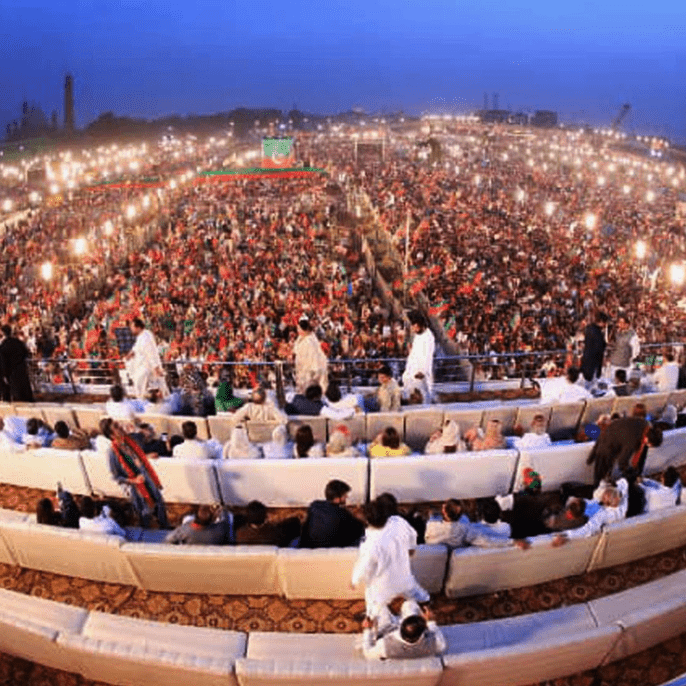Evidenced by the results of the February general election, and several rounds of street protests in the past months, there remains little doubt about PTI’s popularity across the country. Even in an environment of severe repression and political control, opinion polling and social media both show the party’s durable lead over its rivals. Results of a snap election held today would be a foregone conclusion.
Since its first major public gathering in Lahore in October 2011, PTI has generally broadened its direct appeal across different segments. Pashtun voters were the first to enter the party’s fold, en masse, closely followed by urban upper and middle class voters in Punjab and Karachi by 2013. Since 2022, it appears PTI has broken the PML-N’s hold over working and lower-middle class voters in urban Punjab, and forging a direct connection with rural voters as well, signalling a decisive shift in the country’s electoral geography.
Analysts and observers, while agreeing on the party’s popularity, are yet to provide a reasonable set of explanations for its rapid expansion. Depending on partisan and ideological affiliation, PTI’s popularity is the logical outcome of Imran Khan’s message of salvation and the venality of his rivals; or it’s an outcome of the establishment’s enabling and populist, right-wing sloganeering. Both sets of explanations operate purely in the realm of rhetoric: that somehow words of a particular type will land on its listeners and elicit a response, akin to a neat Newtonian equation.
There is no denying the importance of PTI’s narrative, whose different components resonate with different segments. But the resonance remains grounded in social and historical contexts. There is a reason why some sections of the electorate aligned with the party first and others followed later; why the events following April 2022 produced a qualitatively different type of electoral outcome in 2024 than the events surrounding the 2013 or the 2018 general elections.
Instead, PTI’s popularity should be understood at the confluence of several factors. The first is the content of the narrative itself: anti-corruption and Islam-inflected notions of dignity and national sovereignty. Both aspects have been part of Pakistan’s political-cultural sphere since statehood, put forward largely through state institutions, especially during times of direct military rule (as a justification for the regime), but also by other civilian leaders in the past. Bhutto made appeals on the basis of statist sovereignty in the aftermath of the 1971 debacle, and to anti-imperialism in the run-up to 1977. Nawaz Sharif first stepped into national power in 1990 promising to clean up the PPP’s corruption.
The second factor is who this narrative resonates with the most: the urban upper and middle classes, a social segment that has remained historically ensconced within statist cultural reproduction. It is this very section that forms both the progenitor of such narratives – by virtue of its role in public sector employment, media, and higher education – and serves as its most receptive audience, by virtue of being linked to all three of these domains.
But if rhetoric content and messaging alone is the cause, a party that speaks the language of the middle classes should then remain confined to the middle classes. What, then, explains its broadening appeal? Here we turn to a set of additional factors: the demographic, structural, and technological transformations taking place in Pakistani society.
Within structural aspects, urbanization and agricultural fragmentation have unmoored a growing number of households from the kinship and bloc-based social forms that provide the conventional base of machine politics. In other words, more Pakistanis are voting as individual voters than at any time before, thus reducing the role of ‘electables’ across working class and rural constituencies.
Demographic trends are in sync with these structural transformations. Recent labour force data shows that approximately a fifth of the age cohort between 18 and 35 across Pakistan has an undergraduate degree. This is 4 times higher than the national average for all adults. Electoral roll data shows that the same 18-35 cohort is now 45% of the total electorate; and exit polls show that this segment had a 12% higher turnout than in 2018 and was more likely to support PTI than any of the other parties.
Of considerable centrality in making structural and demographic change more salient is technological adaptation. PTI’s durability in the face of considerable coercion was made possible by insurgent campaigns through social media. During this time, the party’s partisan ecosystem, in the making since the early 2010s, on TikTok, Twitter, Instagram, Facebook and Youtube has proven to be vital.
Short videos and reels of supporters, both in Pakistan and abroad, talking about fighting oppression and euphemistically targeting the military and the incumbent coalition frequently went viral. The party thus reaped political dividends of a support base younger and more formally educated than those of its rivals.
Integrally, this curated digital ecosystem is no longer circumscribed to large urban centres, but instead traverses vast swathes of Pakistan’s geography. Recent census data from 2017 showed that 60 percent of households rely on TV, while a whopping 97 percent rely on mobile phones for basic information. The corresponding figures in 1998 were 7 percent and 0 percent respectively. This penetration and immersion would have only deepened with further advancements in mobile broadband data and wider availability of internet-enabled devices over the interim 7 years. And it would have benefitted the party most adept at communicating with its voters.
Finally, the last question worth asking is why all of these ingredients came specifically to a head in the aftermath of the VoNC, eventually resulting in the PTI’s massive upsurge. Here the answer, while contingent, is far more prosaic: Khan’s ouster coincided with Pakistan’s worst uptick in inflation since the early 1970s. The anti-PTI coalition that stepped into power in April 2022 battled a balance of payment crisis that saw the rupee plunge by nearly 30% in the space of a few months. Under an emergency IMF-program signed in June 2022, electricity and natural gas tariffs doubled over a 6-month period, and fuel prices soared to all-time highs. By mid-2023, inflation reached 40%, its highest level since the civil war and the secession of Bangladesh in 1971.

Between 2019 and 2023, prices of nearly all basic commodities in Pakistan doubled, with the bulk of the increase taking place in the last year. Incomes did not even remotely keep up with this spike. In comparison, prices rose by only 30% in Bangladesh and India over the same period, highlighting deep-seated deficiencies in Pakistan’s economic structure. Inflationary pressures completely decimated the political legitimacy of the traditional parties in power.
It was precisely this political and material despair, and its associated need to make sense of rapid tumult, that the PTI now channels into public anger. It's not just the content alone that drives Imran’s popularity, but rather specific timing, deeper transformations, and contingent circumstances.
As Laclau would see it, myriad interests, majoritarian aspirations, and visceral frustrations became crystallized in the personalized figure of Imran Khan. And all of this is being made possible through unprecedented digitalized outreach curated by his supporters among the urban middle classes.
Umair Javed teaches politics and sociology at LUMS.


